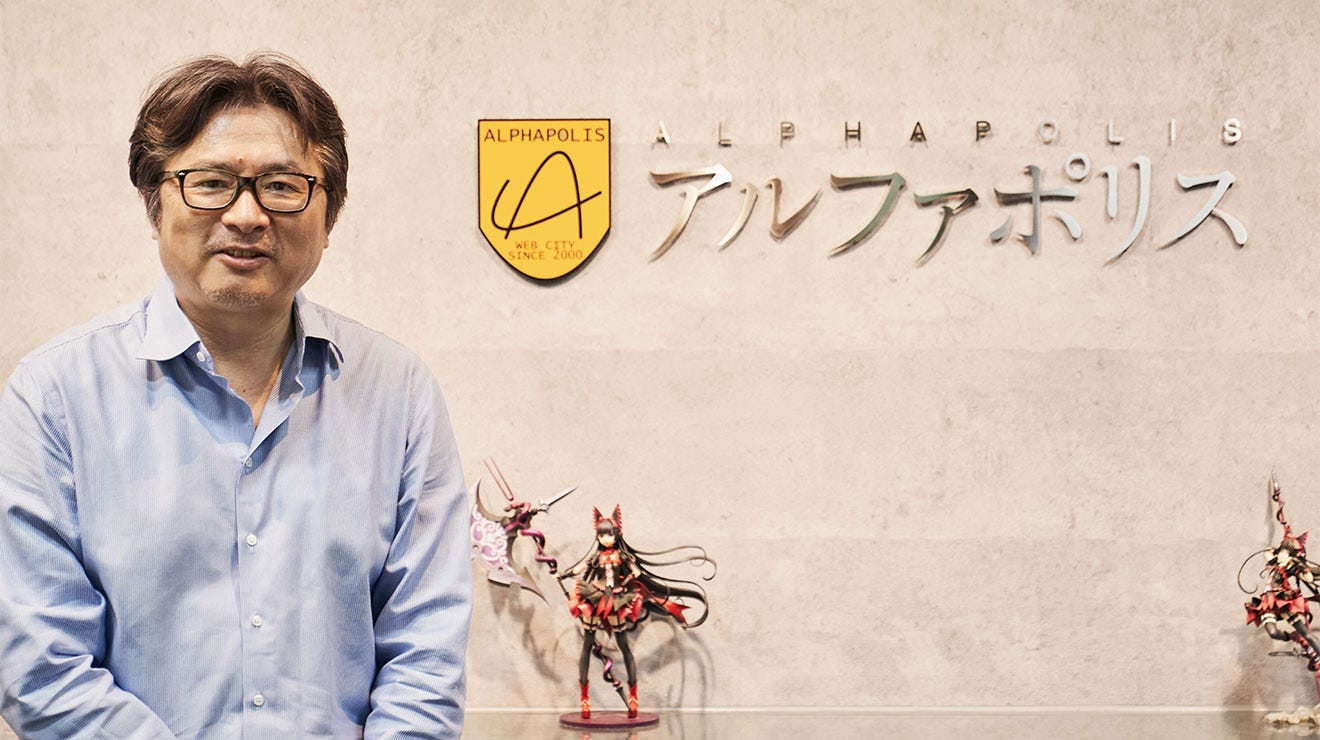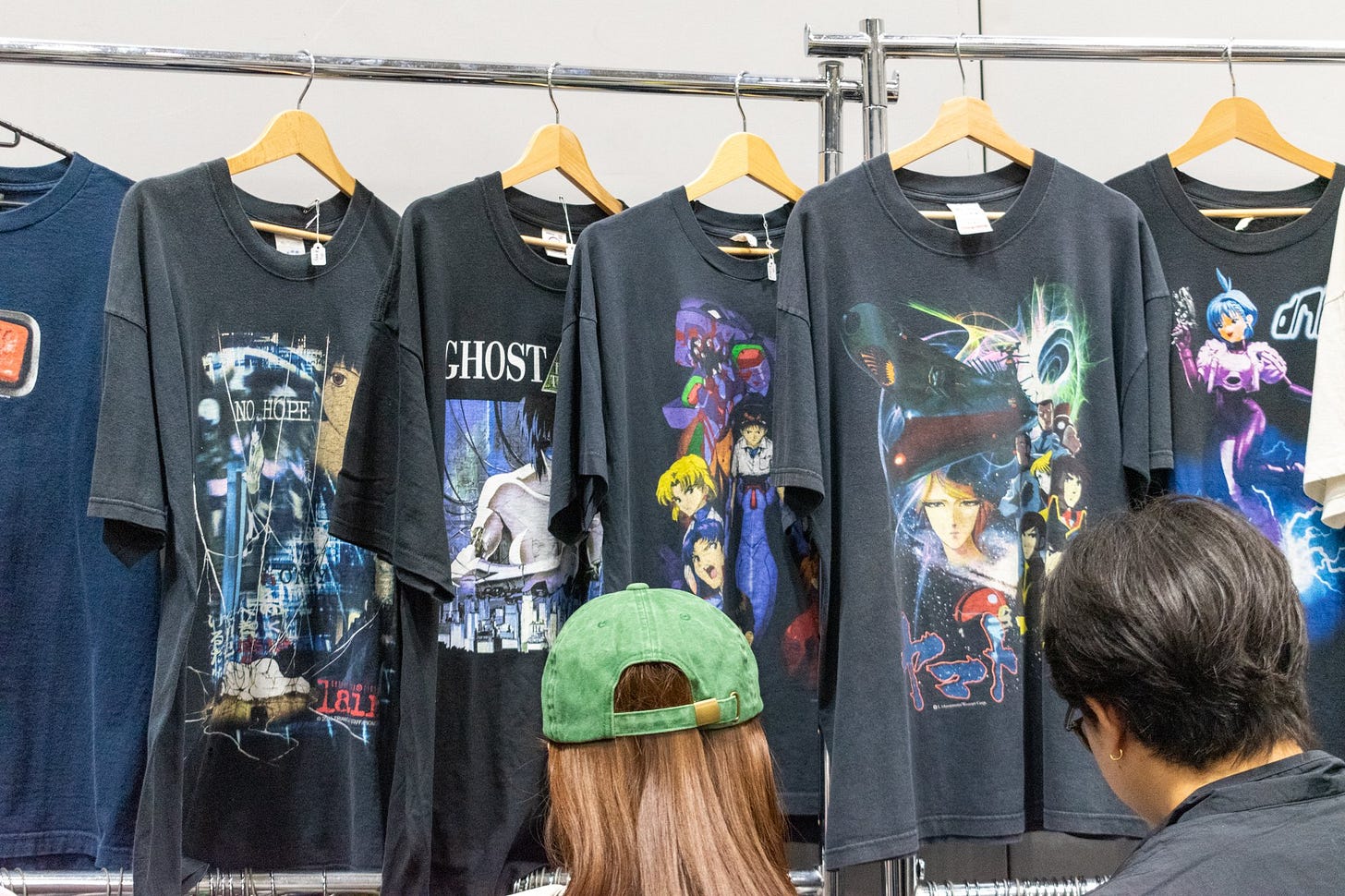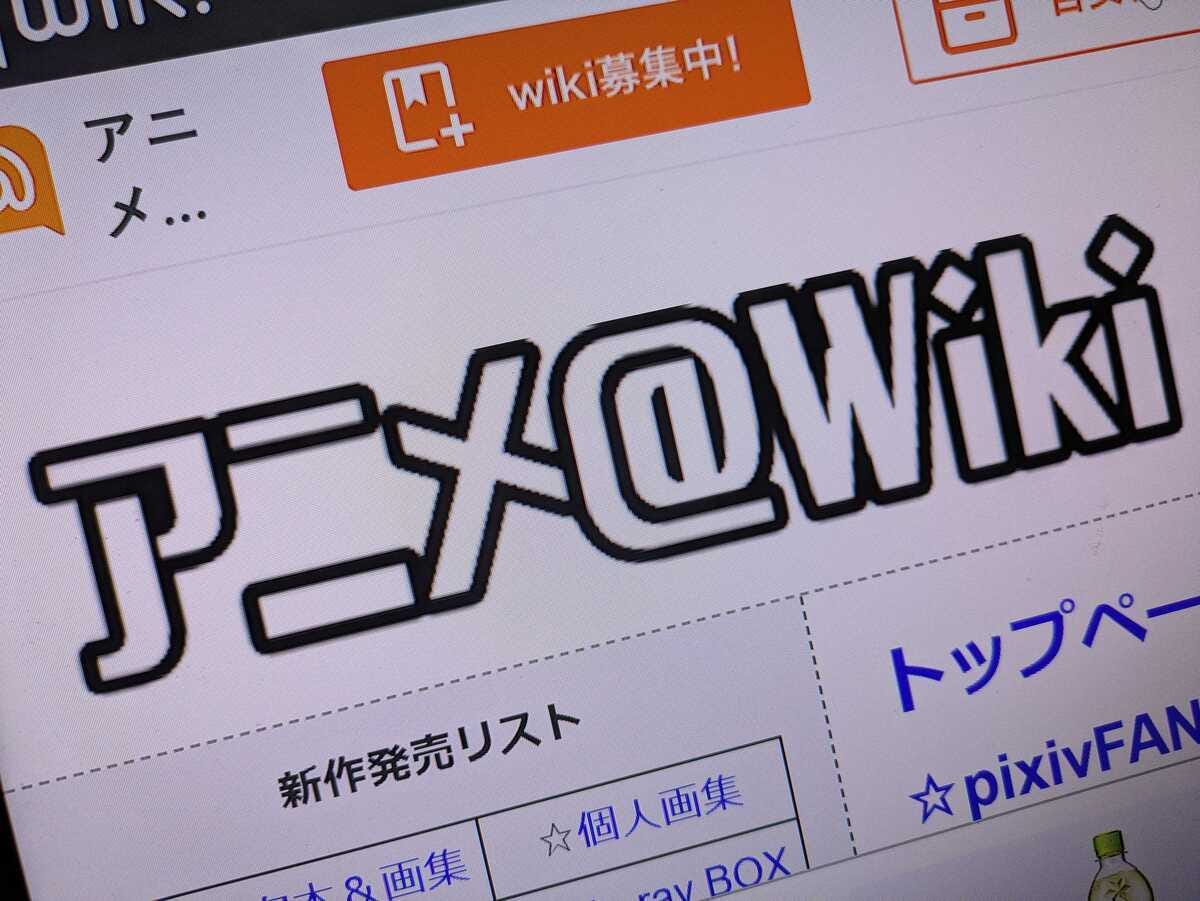Digital manga publisher seeks anime deals
Plus: A resurgence in vintage anime clothing; Crunchyroll bullish on omnibus anime films; Japan's leading anime wiki limits free access; and more
This is your weekly Animenomics briefing, covering the business of anime and manga. Today is Wednesday, June 4, 2025.
In case you missed it: “Crunchyroll controls about 75 percent of all the anime titles that are aired in Japan [and streamed abroad] today,” I recently told the BBC News in a story they did about anime’s global growth.
I had to simplify the statistic for television, but you can read its nuances in this excellent analysis about the dynamics between Crunchyroll and Netflix by our friend Miles Atherton at White Box Entertainment.
Anime investments soar at manga publisher AlphaPolis

Digital manga and web novel publisher AlphaPolis is negotiating potential mergers and acquisitions with multiple anime-related companies, company president Yusuke Kajimoto told investment analysts at a year-end earnings presentation last month.
Why it matters: AlphaPolis is among a number of manga and light novel publishers that have seen rapid growth in recent years from prioritizing digital-first titles.
Net sales grew 32 percent to ¥13.6 billion (US$94.6 million) in the most recent fiscal year that ended in March, and the company’s profits also hit record highs.
What’s happening: AlphaPolis plans to increase its investment share from about 5–30 percent of total funds in anime production committees it participates in to as much as 50 percent.
The company also aims to increase profits from the anime business by 20 times by the fiscal year ending March 2030, just five years from now.
Catch up quick: AlphaPolis emerged in the e-book market in 2010–11 when it began publishing the isekai fantasy web novel series Gate and its manga rendition.
After Gate’s anime adaptation became an early isekai hit in 2015, the company began developing more of its properties for anime.
By the end of 2025, anime based on titles published by AlphaPolis will have aired for nine straight quarters.
The bigger picture: Japan’s traditional manga publishers are turning to digital manga and user-generated content as sources of new intellectual properties on which to build their IP businesses, The Bunka News reports.
Kadokawa partnered with digital manga provider Kakao Piccoma to create Manga Bar, a digital manga magazine that discovers and develops new authors.
Shueisha has also been developing its Shonen Jump+ digital manga service over the last decade as a platform for promising digital-first titles that are then turned into anime adaptations.
Clippings: Vintage anime fashion brands see resurgence

Anime and music band T-shirts are growing in popularity in Japan’s vintage clothing market, and local fashion brands Chillweeb and Geeks Rule are launching new anime T-shirts targeting wearers of vintage clothing. (Fashionsnap)
South Korean animation studios are building dedicated in-house teams to design art and develop stories as they make a push to create original IPs, says the director of the new Netflix-distributed animation film Lost in Starlight. (The Hollywood Reporter)
Educational manga titles are growing in variety and readership in Japan, with local governments, companies, and boards of education commissioning about 1,000 such manga titles from the Kyoto International Manga Museum. (The Yomiuri Shimbun)
Nagoya in central Japan is launching the inaugural Aichi Nagoya International Animation Film Festival in December with a competition section, keynote speeches, and a pitch market. (Branc)
Researchers at China’s Bilibili released an open-source AI video generation model that is raising questions of copyright infringement due to it being trained on footage from anime and Disney animation titles. (ITmedia)
Cybercriminals are exploiting anime’s popularity with Gen Z viewers by disguising malicious websites and files with imagery from hit titles like Naruto, Demon Slayer, Attack on Titan, One Piece, and Jujutsu Kaisen. (Kaspersky)
Japan’s Content Overseas Distribution Association has launched a committee to tackle a growing number of counterfeit merchandise based on Japanese anime media and characters around the world. (NHK News)
Crunchyroll bullish on omnibus anime films worldwide
“I think [the omnibus film format] will stick. It already has. As you mentioned, the world tour screening of Demon Slayer was a great success, and Attack on Titan the Movie: The Last Attack also drew large audiences to the theaters. I definitely think these screening formats have the ability to succeed outside of Japan. Anime fans know that the theater experience can’t be replicated at home. The experience of watching a movie with a large audience has a different energy than watching it in your own room.”
— Mitchel Berger, Crunchyroll head of theatrical and distribution
Context: Berger told Japanese entertainment business news website Branc on the sidelines of the Cannes Film Festival that Crunchyroll plans to continue releasing new and omnibus anime films around the world.
Compilation films that edit multiple episodes of a television series into a single theatrical release are common among anime, but they are rare in Hollywood.
“I think around 10 movies a year is just right at the moment, but if there are great works, I think it would be fine to do more than that,” Berger says.
Between the lines: In a separate interview with business news website Toyo Keizai Online, Crunchyroll president Rahul Purini acknowledged competition with Toho and GKIDS in theaters, but he also saw them as partners.
“We compete with GKIDS and Toho, but we also cooperate with them on many titles. We are confident that we will be able to continue to deliver great films to anime fans,” Purini says.
Leading anime wiki limits anime production data access
Anime AtWiki, one of Japan’s largest anime-focused wikis, this week began restricting free access to tens of thousands of entries of anime production credits in its database, requiring users to pay a monthly fee to access the crowdsourced website.
Why it matters: Anime fans, industry workers, and researchers in Japan and around the world rely on Anime AtWiki and Japanese wikis like it to trace the genealogy and history of anime productions.
Driving the story: As previously reported by Animenomics, no central database exists that tracks production credits across the hundreds of works of anime made every year.
“As the popularity of [anime and video games] continues to grow around the world and Japan has high hopes for them as key industries, it’s problematic that so much of the foundation for the accumulation of such information is dependent on individuals,” journalist Atsushi Matsumoto, who reports on the anime industry, writes in a column.
In recent years, Japan’s government has committed to creating a digital archive of cultural assets like anime, manga, and video games, and plans are finally moving forward to establish a national media arts center.
Between the lines: Anime AtWiki’s operation as a free website for the last 17 years has also led to some of its data being copied to other websites.
“Many websites like Anime AtWiki that operate using advertising revenue have recently closed due to the standard installation of ad-blocking features on iOS and other platforms, making it difficult to operate,” Matsumoto writes.
By the numbers: Anime AtWiki has accumulated entries for more than 6,500 works of anime and more than 35,000 individual animators and other anime production staff members.
Animenomics is an independently run and reader-supported publication. If you enjoyed this newsletter, consider sharing it with others.



